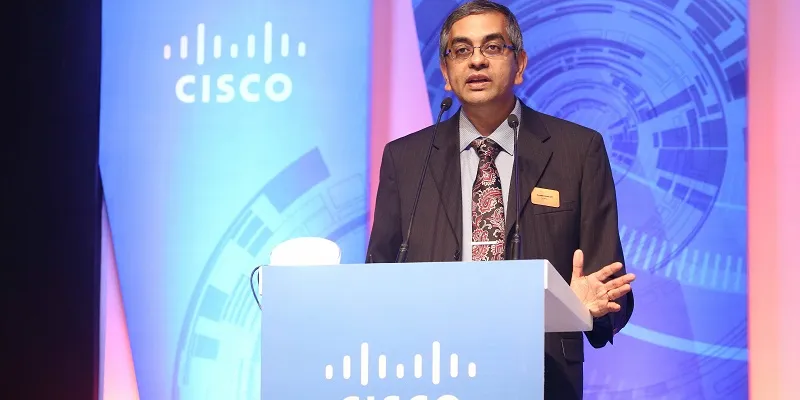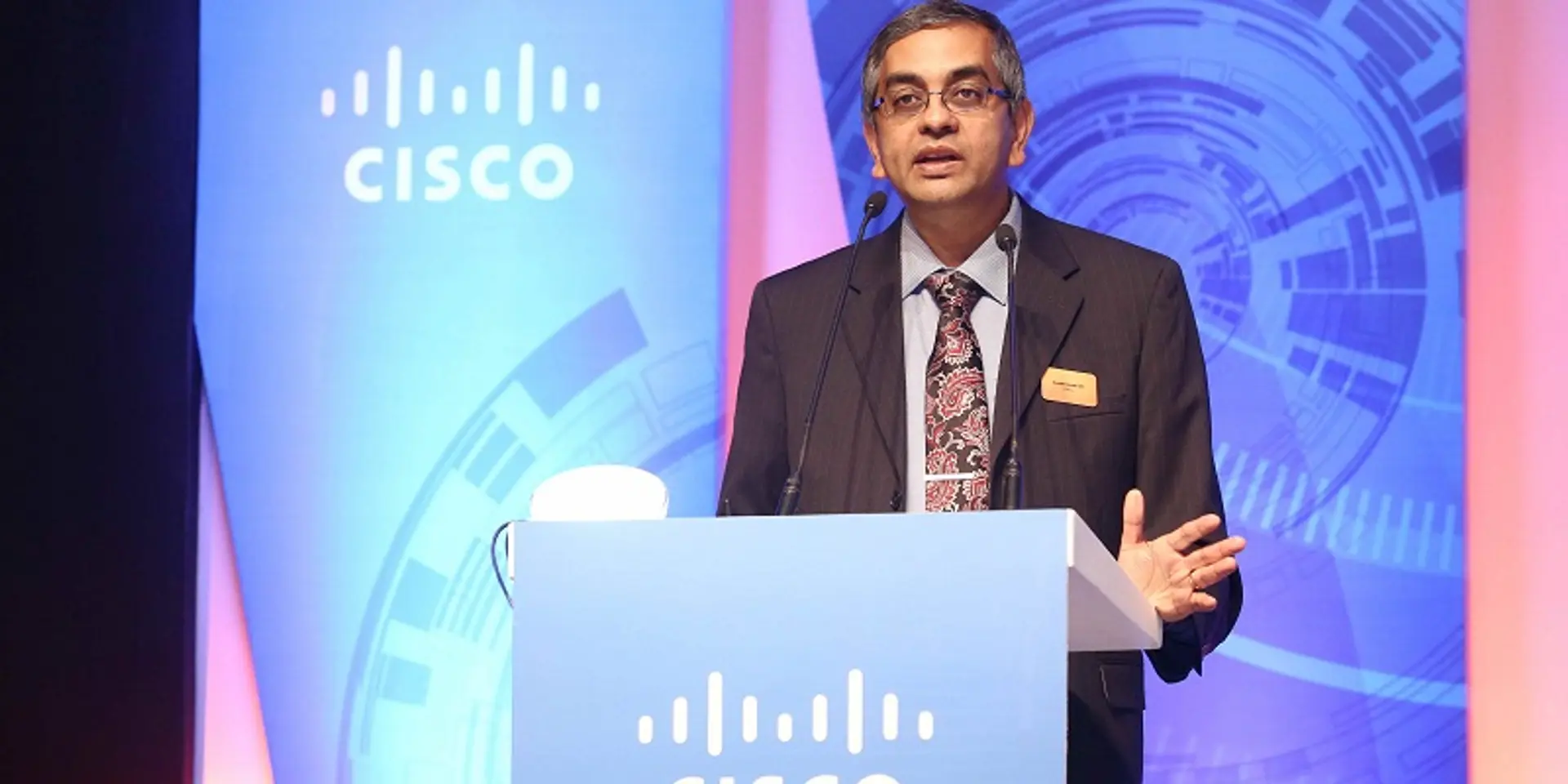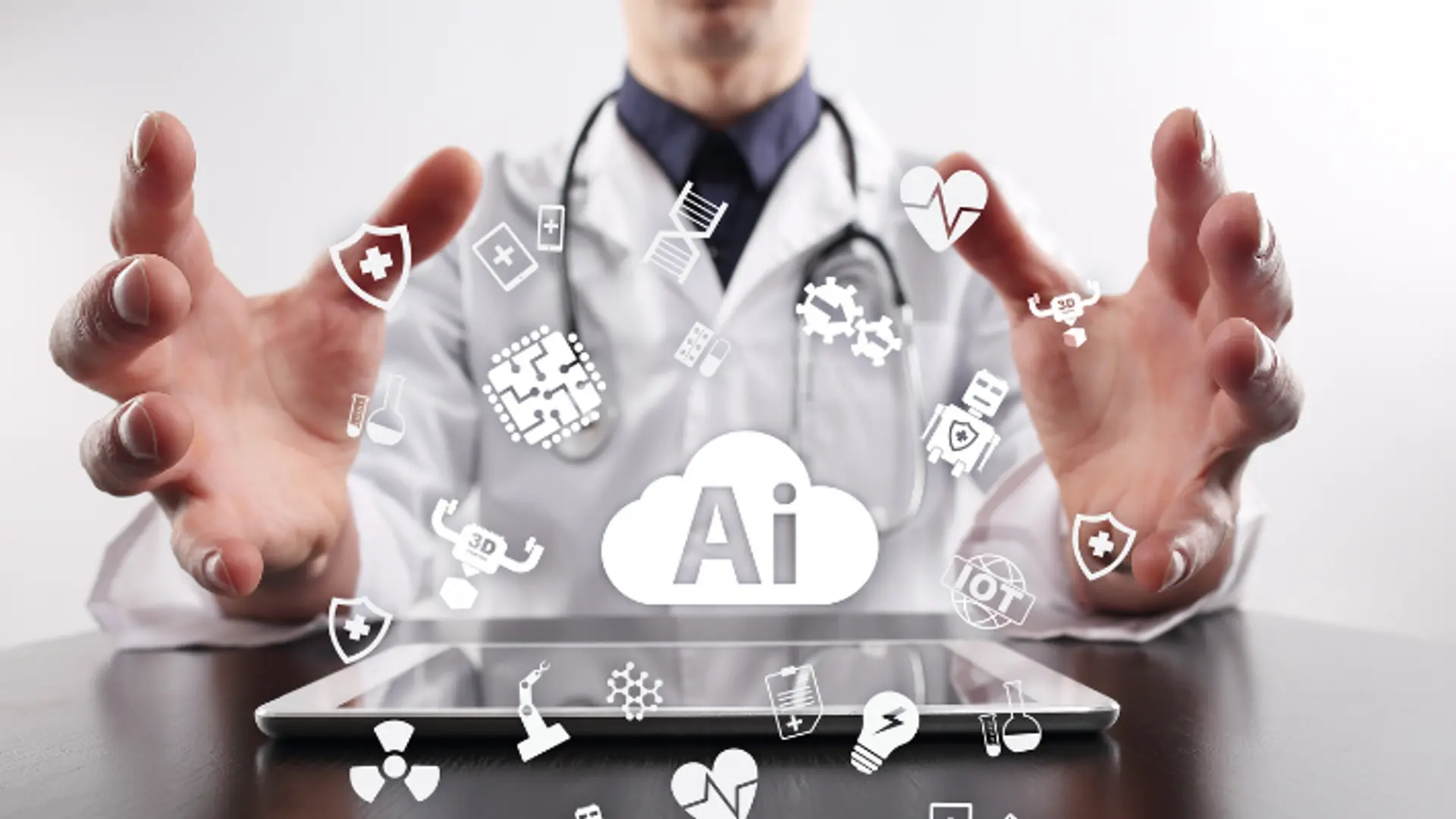Media becoming collaborative with tech like virtual reality, chat bots: Cisco's VC Gopalratnam
The world is transforming faster than we think and Cisco Systems is pushing big to capture the 8.4 billion things which will be connected by 2017.
VC Gopalratnam understands communications technologies better than most people. As CIO - International at Cisco, his role is to understand how businesses are transforming themselves with communications technologies and how they can use Cisco to deliver new-age services such as IoT along with data analytics. A futurist at heart, he says the world around us is rapidly changing thanks to the availability of information. He warns of serious consequences unless we keep pace with learning. He spoke to YourStory about the future of communications technologies and the incumbents that could learn from it or perish. Excerpts:

YS: You have said in the past that the cloud changes business models rapidly and surely. In six years, the world has truly gone mobile. Who do you see getting most affected by the future?
VCG: I have to say that five things will go through enormous change—agriculture, the millennial generation, police, SMBs, and media. I say media because it is becoming collaborative with technologies like virtual reality, chat bots, and voice-activated platforms. Last year during the Brexit vote in the UK, a publication was created for a week and it ceased to exist after that period. Voice, video, and text will be location-aware and the software will be contextually using data to make citizens aware of the topic. But how writers and reporters morph to serve their readers is going to be very different. It is a multi-platform world. However, going forward, there will be transparency and accountability thanks to the availability of data being used to understand the context. There are several challenges today to get to that level of data crunching. Firstly, bureaucratic functions should go and our education system really needs a massive overhaul. Today, the questions raised by academia are only based on memory and not on critical thinking. However, the last three years have been abuzz with positivity about the new Indian government’s move to support startups and manufacturing in India. If policy is consistent, India will leapfrog in several aspects. Demonetisation has been a success thanks to the government’s push to encourage digital payments.
YS: How will it impact the police force?
VCG: The reason I brought up the police as an example is that communication technologies is changing the way law enforcement works. Today, India has only 138 police personnel per 1,00,000 citizens. So, in one way, we helped the police and the citizens in Bengaluru to file first information reports over kiosks. By doing so, the victims do not have to worry about showing up in police stations to register complaints. It is faster to get the police to react to these FIRs.
YS: India's technology is urban-centric. How do you view the current generation?
VCG: Technology has changed the urban landscape in India and young people are from the “algorithmic generation,” where reverse mentoring is happening with people older than them. There is a two-way system of sharing knowledge. Today, millennials suffer from low attention spans and these folks aggregate food from different places. They want a curry from one restaurant and a rice dish from another restaurant. They do not believe in ownership; they want access and to consume everything as a service. They do not work anywhere but want to be part of projects that are interesting. Just to simplify it further, they do not want to be handcuffed to any one company. They are only worried about the net promoter score and strongly believe in recommendations from friends.
YS: How do SMBs use communications technologies?
VCG: SMBs are the bedrock of India because they contribute 37.5 percent to the GDP and account for 46 percent of exports. These guys could never afford technology because it was expensive. It was also thrust upon them without figuring out their need. However, thanks to the cloud, SMBs can access applications. This creates scale for close to 50 million SMBs in India. There is no better time to be in India and that too in technology because of the opportunities presented in this country. The country is younger and the talent pool is large. In the future, we won’t have time—we will have IP addresses. So services will have to be made available whenever and wherever they want it. Things have to be simple and you better be ready to provide the best experience. Today, disruption is about changing the rules of the game and we work with over 25,000 SMBs in the country.
YS: Everyone is banking on IoT but are organisations investing in it?
VCG: IoT is changing the way people access processes, data, and things. Earlier, people were talking to machines, later machines talked to machines, and today machines are talking to data. The future is in data. Look at it this way—today, pizza companies look at themselves as logistics companies. One of the largest pizza chains in the world does not use the word pizza in their branding. Today, cars are all connected and they operate with software development kits, which are updated over the air, and data generated from these cars is used by insurance companies to study driving habits of car owners. The data is used to underwrite policies based on usage and are dynamically created, which means there is personalisation. Cities can use the data generated by cars to decongest the city. For such a system to exist there must be an end to legacy IT and the processes will be highly automated. These networks will work with high levels of security, analytics, and continuous innovation. All this will impact the country and we should be ready for it. Cisco is going to help SMEs get to the next wave of growth, which is to use communications technologies to reach their customers faster and better with analytics.







